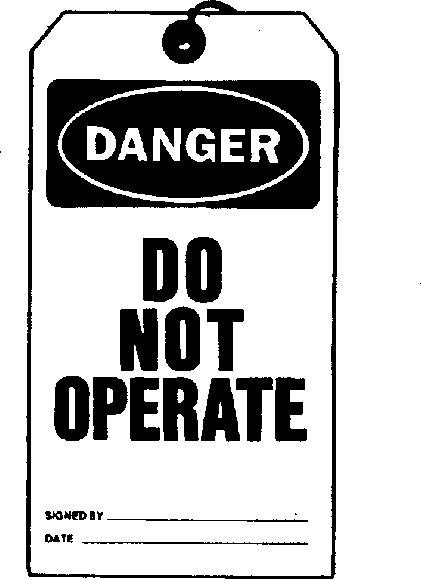
2 minute read
Park And Prepare For Service Safely
Warn others of service work. Always park and prepare your machine for service or repair properly.
• Park machine on a level surface and lower equipment to the ground.
Advertisement
• Place transmission control and park brake lever in P park position. Stop engine.
• Attach a Do Not Operate tag in an obvious place in the operator’s station.
Securely support machine or attachment before working under it.
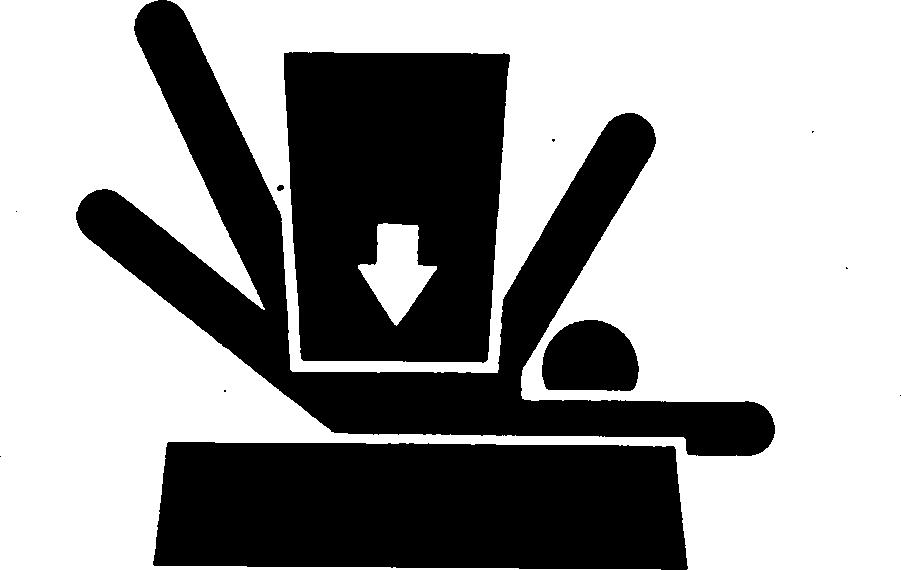
• Do not support machine with any hydraulically actuated equipment.
• Do not support machine with cinder blocks or wooden pieces that may crumble or crush.
• Do not support machine with a single jack or other devices that may slip out of place.
Understand service procedures before beginning repairs. Keep service area clean and dry. Use two people whenever the engine must be running for service work.
Service Cooling System Safely
Explosive release of fluids from pressurized cooling system can cause serious burns.
Shut off engine. Only remove filler cap when cool enough to touch with bare hands. Slowly loosen cap to first stop to relieve pressure before removing completely.
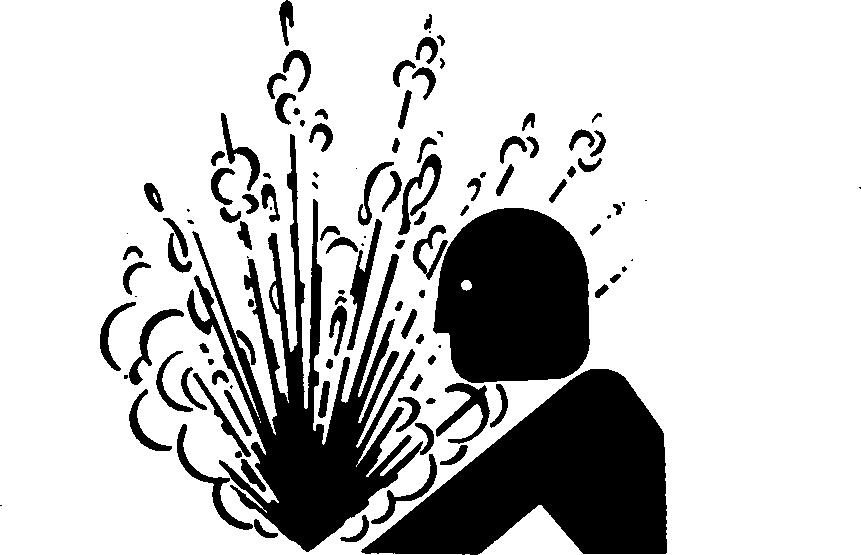
Remove Paint Before Welding or Heating
Hazardous fumes can be generated when paint is heated by welding or using a torch. Dust from sanding or grinding paint can also be hazardous.
Remove paint to at least 76 mm (3 in.) from area to be heated. Wear an approved respirator when sanding or grinding paint. If a solvent or paint stripper is used, wash area with soap and water. Remove solvent or paint stripper containers from work area, and allow fumes to disperse at least 15 minutes before welding or heating.
Work outside or in a well-ventilated area. Dispose of waste, paint, and solvents properly.
Make Welding Repairs Safely
IMPORTANT: Disable electrical power before welding. Turn off main battery switch or disconnect positive battery cable. Separate harness connectors to engine and vehicle microprocessors.
Avoid welding or heating near pressurized fluid lines. Flammable spray may result and cause severe burns if pressurized lines fail as a result of heating. Do not let heat go beyond work area to nearby pressurized lines.
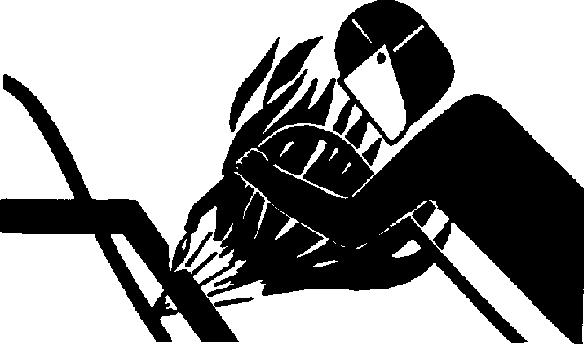
Remove paint properly. Do not inhale paint dust or fumes. Use a qualified welding technician for structural repairs. Make sure there is good ventilation. Wear eye protection and protective equipment when welding.
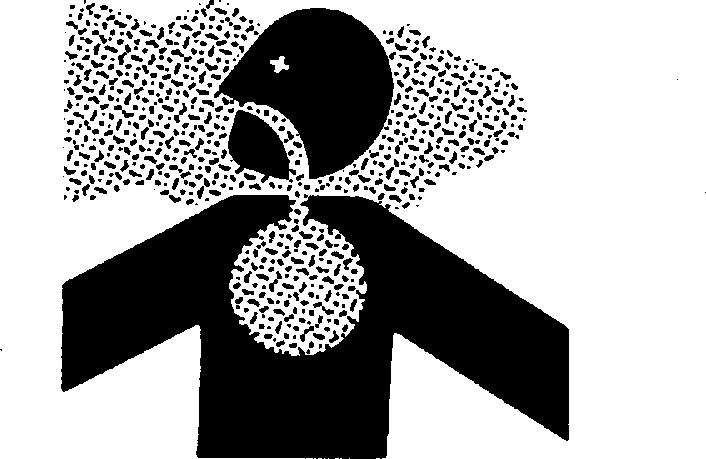
Drive Metal Pins Safely
Always wear protective goggles or safety glasses and other protective equipment before striking hardened parts. Hammering hardened metal parts such as pins and bucket teeth may dislodge chips at high velocity.
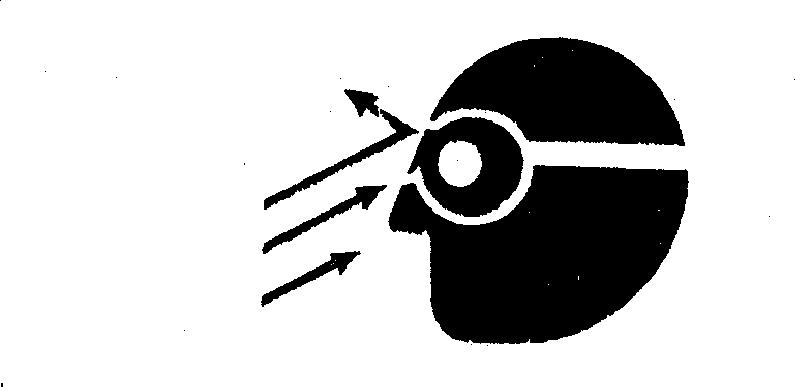
Use a soft hammer or a brass bar between hammer and object to prevent chipping.
Service Tires Safely
Explosive separation of a tire and rim parts can cause serious injury or death.
Do not attempt to mount a tire unless you have the proper equipment and experience to perform the job.
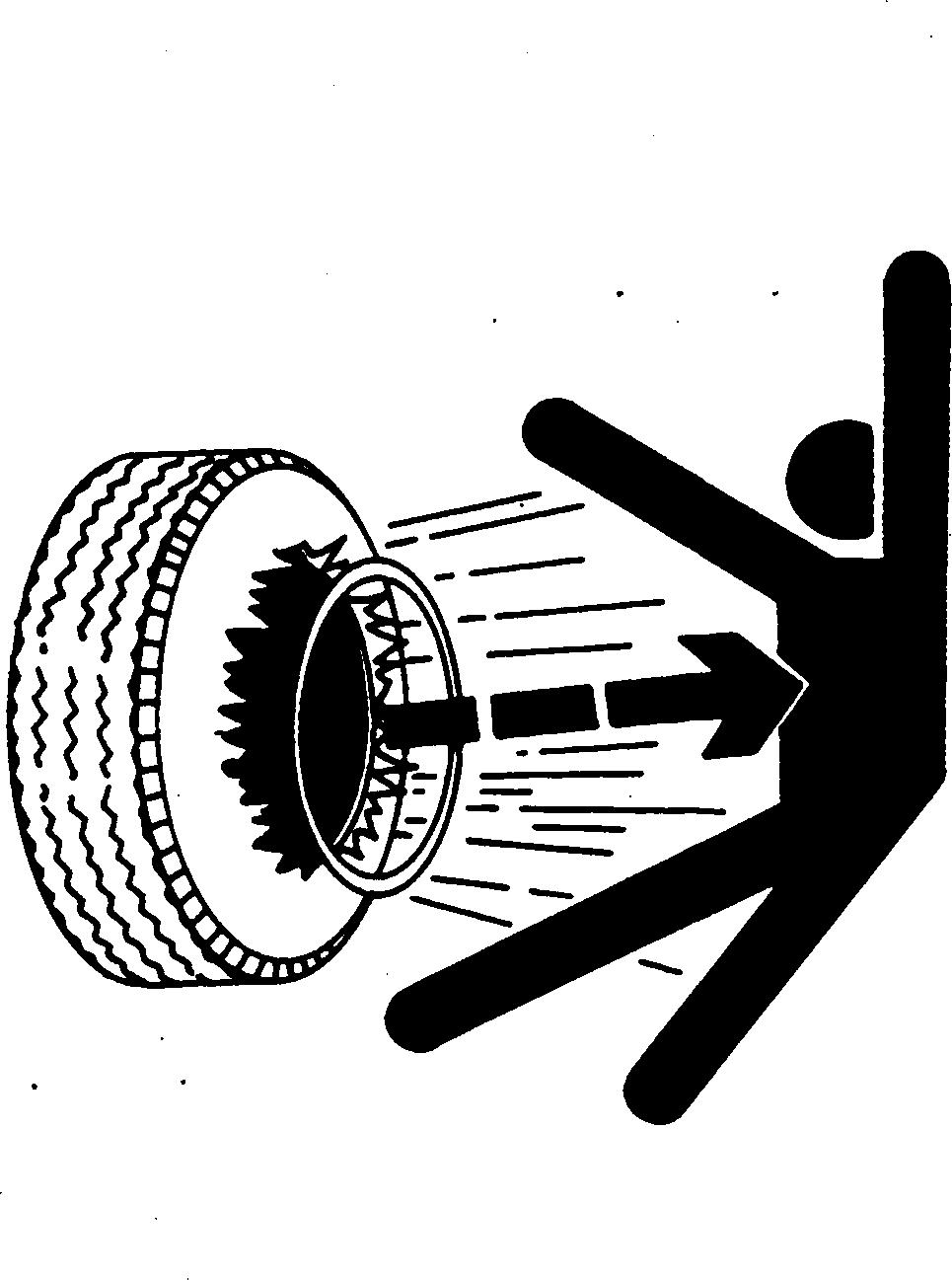
Always maintain the correct tire pressure. Do not inflate the tires above the recommended pressure. Never weld or heat a wheel and tire assembly. The heat can cause an increase in air pressure resulting in a tire explosion. Welding can structurally weaken or deform the wheel.
When inflating tires, use a clip-on chuck and extension hose long enough to allow you to stand to one side and NOT in front of or over the tire assembly. Use a safety cage if available.
Check wheels for low pressure, cuts, bubbles, damaged rims or missing lug bolts and nuts.


